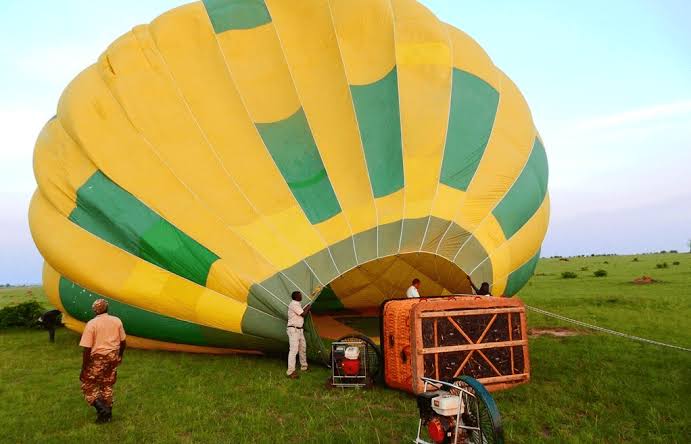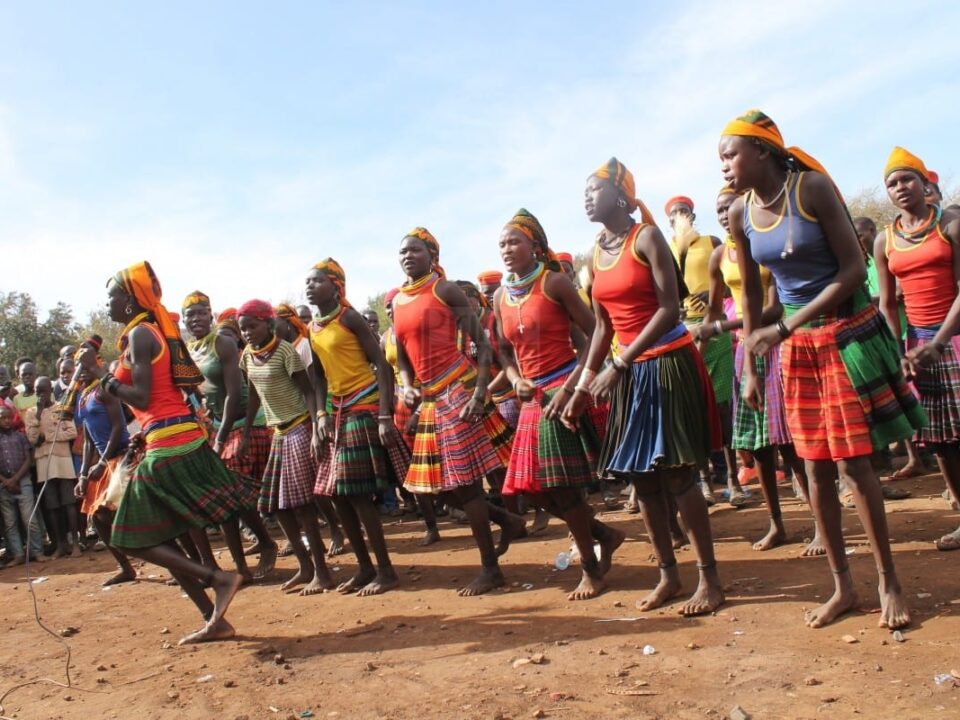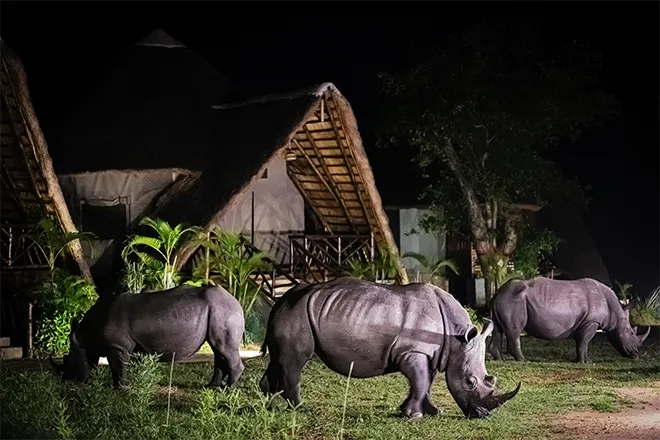- GET IN TOUCH WITH US:
- +256 753518160
- +256 777842166
- info@experiyatourcompany.com

How do I photograph the Great Migration safely?
November 20, 2025
How do I protect my gear from dust during game drives?
November 20, 2025What camera gear should I bring for a Kenya safari?
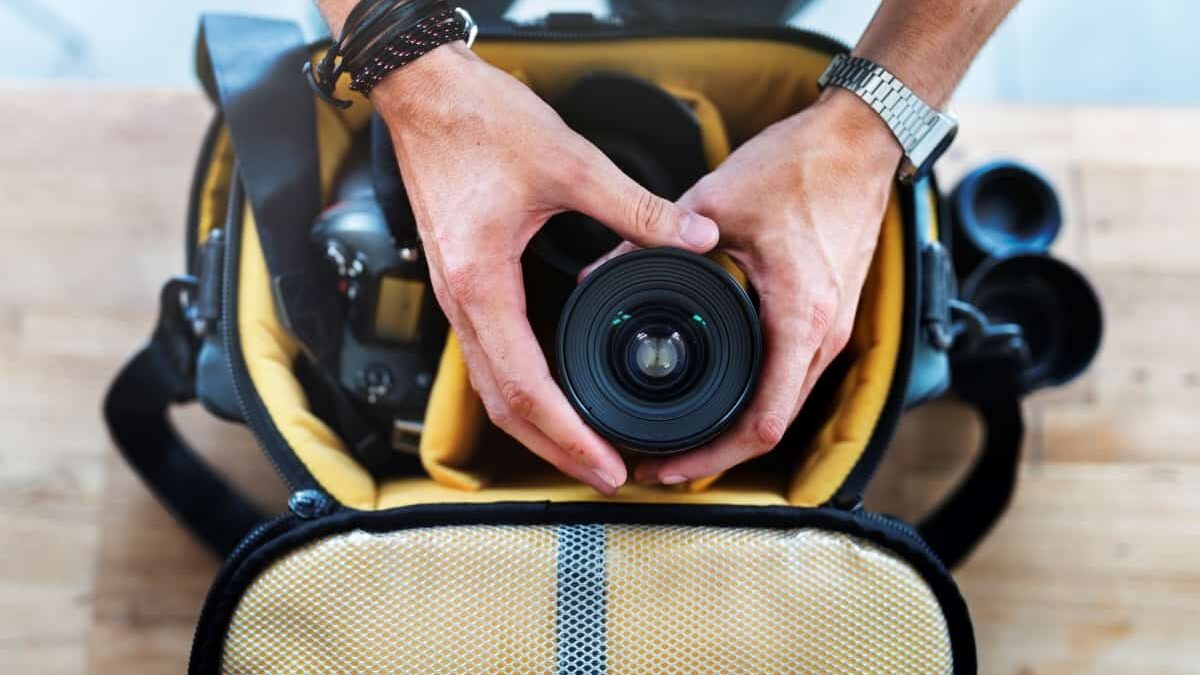
What Camera Gear Should I Bring for a Kenya Safari?
A Kenya safari is one of the most visually captivating travel experiences in the world. The sweeping savannahs, golden sunsets, towering mountains, and magnificent wildlife create endless opportunities for powerful, emotionally rich photography. Whether you are a beginner hoping to improve your skills or a seasoned photographer in search of the perfect shot, having the right camera gear can make all the difference. One of the most common questions asked by safari travellers is: What camera gear should I bring for a Kenya safari? The answer depends on your goals, budget, and experience, but there are certain must-have items that will help you capture the magic of the wild while adapting to Kenya’s landscapes, lighting conditions, and fast-moving wildlife.
Kenya’s parks—such as the Maasai Mara, Amboseli, Samburu, Tsavo, and Laikipia—offer diverse photographic environments. One moment you may be photographing elephants framed by Mount Kilimanjaro, and the next you may be tracking a cheetah sprinting across the plains or capturing a river crossing during the Great Migration. These dynamic settings require gear that balances reach, speed, versatility, and durability. This detailed guide explores the essential camera equipment to bring, recommended lenses, accessories that make shooting easier, and practical tips for protecting your gear in the bush.
A Reliable DSLR or Mirrorless Camera Body
Your camera body is the foundation of your safari photography setup. Both DSLR and mirrorless bodies work exceptionally well, but mirrorless systems have become increasingly popular due to their lightweight design, advanced autofocus technology, and quiet shutters. What matters most is a camera that delivers fast performance, excellent autofocus, and strong low-light capability.
Ideal features to look for include:
Fast burst mode (10+ frames per second is ideal for action) Rapid, accurate autofocus tracking Good performance at high ISO for early morning and evening shots Weather sealing for dust and moisture Dual memory card slots for backup Mirrorless bodies like the Sony A1, Canon R5, Canon R6 Mark II, Nikon Z8, and Nikon Z9 are top choices for professionals. DSLRs such as the Canon 5D Mark IV, Canon 1DX series, Nikon D850, and Nikon D500 remain excellent for those who prefer optical viewfinders and robust construction.
Beginners can still get great results with mid-range bodies such as the Canon R7, Nikon Z6 II, or Sony A7 IV. What matters most is knowing your camera well enough to operate it quickly when wildlife appears.
Telephoto Lens: The Most Important Lens on Safari
If you bring only one lens on safari, let it be a high-quality telephoto. Wildlife often keeps its distance, and even when animals are close, a zoom lens allows you to compose shots without moving the vehicle or intruding on the animals’ space.
Ideal wildlife lenses include:
100–400mm (versatile, lightweight, great for most safari scenarios) 200–600mm (excellent reach for birds and distant animals) 150–600mm (budget-friendly option with good range) 70–200mm (good for larger animals and environmental portraits) Professional photographers may prefer prime lenses like 400mm f/2.8 or 600mm f/4, but these are heavy and extremely expensive. Most travellers find zoom lenses more practical, as they allow flexibility in fast-changing environments.
For many safari photographers, the 100–400mm or 200–600mm lenses hit the perfect balance between reach, weight, and image quality.
Wide-Angle Lens for Landscapes and Camp Photography
While telephoto lenses are the workhorses of safari photography, wide-angle lenses offer beautiful opportunities to capture:
Vast landscapes Dramatic skies Lodge and camp scenes Close-range wildlife Environmental portraits Sunrises and sunsets The 16–35mm, 14–24mm, or 24–70mm lenses are excellent choices. These lenses are essential for creating variety in your photo collection, ensuring you capture not only wildlife but the atmosphere and sense of place that define Kenya’s wilderness.
Photographers aiming for dramatic cloudscapes, silhouettes, or scenes with both wildlife and scenery will appreciate the flexibility of a wide-angle lens.
Mid-Range Zoom for Versatility
A 24–70mm lens (or its equivalent) is one of the most versatile lenses you can bring. It excels in:
Vehicle interior shots Cultural photography Landscapes at moderate distances Close wildlife encounters Portraits of guides and local communities Many safari moments—like elephants walking right next to the vehicle or lions resting near the road—are best captured with mid-range focal lengths.
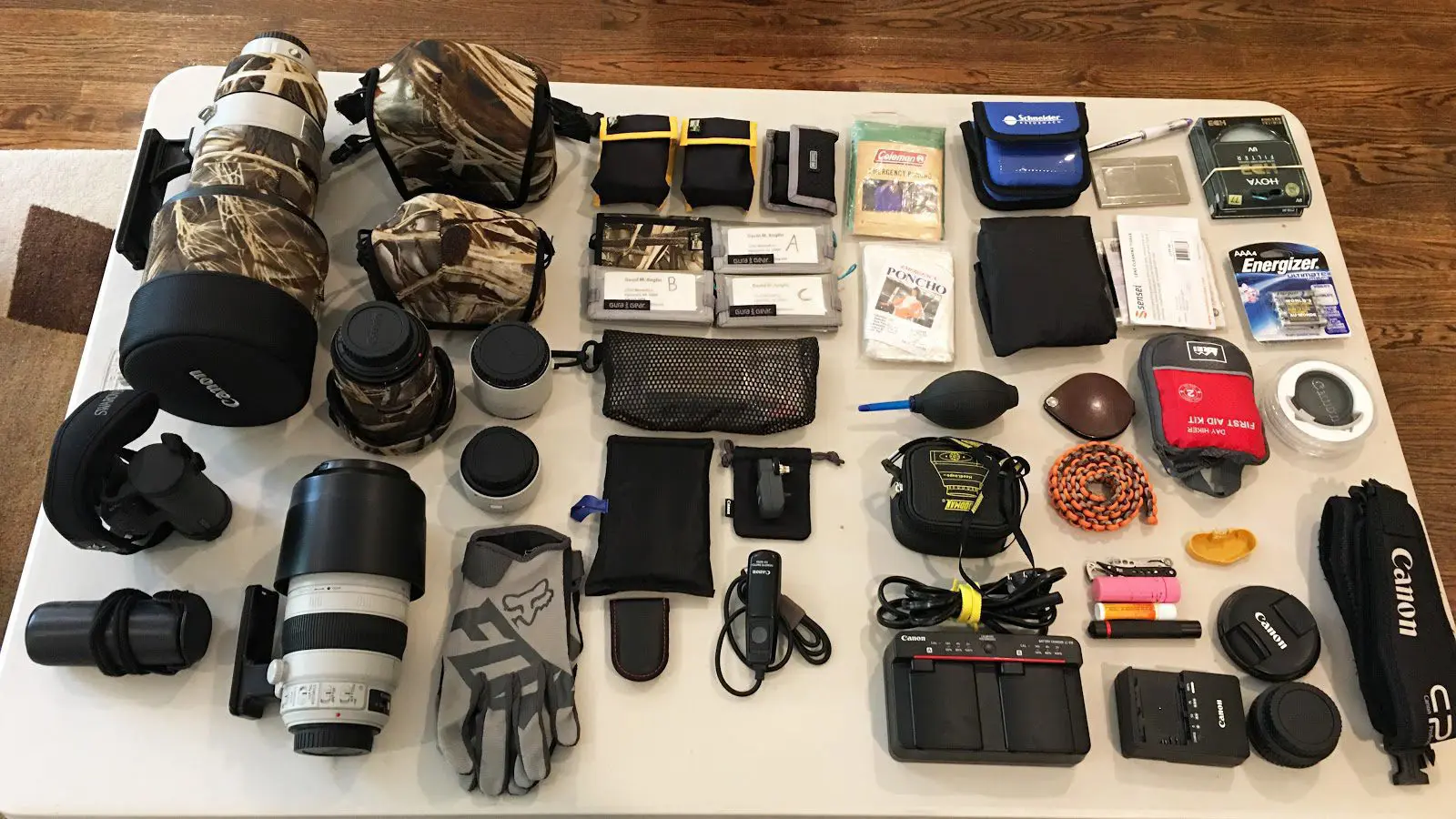 Extra Batteries, Memory Cards, and Backup Storage
Extra Batteries, Memory Cards, and Backup Storage
The bush is not the place to run out of power or storage. Long game drives, rapid shooting, and burst mode photography will drain your batteries faster than expected.
Bring:
At least three fully charged batteries Dual battery chargers if possible Plenty of SD or CFexpress cards (128GB or larger recommended) A portable hard drive or SSD for backups A laptop or tablet if you plan to review photos daily Kenyan lodges often provide charging stations, but electricity may be limited or solar-powered in some camps. Extra batteries ensure you never miss a shot.
Backup storage is crucial for preserving your images, especially during multi-day safaris. Many photographers back up their files every evening as a safety measure.
Bean Bag or Camera Support
Tripods are difficult to use inside safari vehicles, but bean bags are perfect for stabilizing your shots. They rest on the vehicle windowsill or seat frame, allowing steady telephoto images even at long focal lengths.
You can bring your own empty bean bag and fill it with rice or beans upon arrival, or some safari vehicles provide them. Bean bags are especially useful for capturing river crossings, birds in flight, and distant wildlife where steadiness is essential.
Lens Cleaning Supplies and Dust Protection
Safari environments can be dusty, especially during dry months. Dust and sand particles can settle on your lenses, camera bodies, and sensors, causing spots and potential damage.
Bring:
Lens cloths and microfiber wipes A rocket blower Cleaning solution Sensor cleaning swabs (for advanced users) Rain covers or dust covers for lenses Ziplock bags or dry sacks for weatherproofing Always change lenses inside the vehicle to reduce dust exposure. Keeping a clean setup ensures better image quality and protects your investment.
Polarizing Filter and ND Filters
A circular polarizer enhances your landscape images by:
Deepening blue skies Reducing glare on water Enhancing cloud contrast Improving color saturation Neutral Density (ND) filters help create smooth, silky motion in waterfalls or long-exposure shots around lodges. These filters are optional but extremely useful for photographers aiming for artistic effects.
Camera Harness or Strap
Long game drives and heavy telephoto lenses can strain your neck and shoulders. A comfortable camera harness or cross-body strap distributes the weight evenly and increases stability when shooting from uneven angles.
Safari photographers often prefer brands that allow quick access to the camera while keeping it securely attached.
Portable Power Bank or Solar Charger
A high-capacity power bank (20,000mAh or more) ensures your camera batteries, phone, and accessories stay charged during long hours in the field. Some travellers also bring portable solar chargers, useful in camps with limited electricity.
Optional Gear for Advanced Photographers
Depending on your level of experience and goals, you may also consider:
A second camera body (for quick lens changes and backup) A gimbal for smooth video Footage GoPro or action camera for vehicle-mounted shots A drone (only in areas where drones are legally allowed—many parks prohibit them) Macro lens for insects, flowers, or lodge photography These additions offer creative perspectives and useful backup options.
What Not to Bring
Avoid bringing:
Extremely heavy prime lenses unless necessary Camera bags without dustproofing Overly complicated setups you’re unfamiliar with Multiple tripods Heavy gear can slow you down, and simplicity is key in the field. Bring gear you know well and can operate quickly.
Final Tips for Kenya Safari Photography
To get the most out of your gear:
Shoot early morning and late afternoon when light is best Learn your autofocus settings before the trip Use continuous autofocus and high burst mode Keep shutter speed high for movement (1/1000+ for action) Stay patient—great shots require waiting Practice ethical photography: never interfere with wildlife Trust your guide—they know how to position the vehicle for the best shots Photography is not just about equipment; it’s about timing, patience, light, and respecting nature.
Book Your Safari Photography Adventure with Experiya Tour Company
For travellers seeking a safari experience designed specifically with photography in mind, Experiya Tour Company offers expertly crafted itineraries that position you in the right places at the right times. Their knowledgeable guides understand photography needs, ideal lighting conditions, and wildlife behaviour, ensuring you get the best possible shots. With private vehicles, flexible schedules, and access to Kenya’s top photographic destinations, Experiya helps you turn your safari into a portfolio-worthy adventure. When planning your photography safari, trust Experiya Tour Company to deliver a seamless, inspiring, and unforgettable experience.

